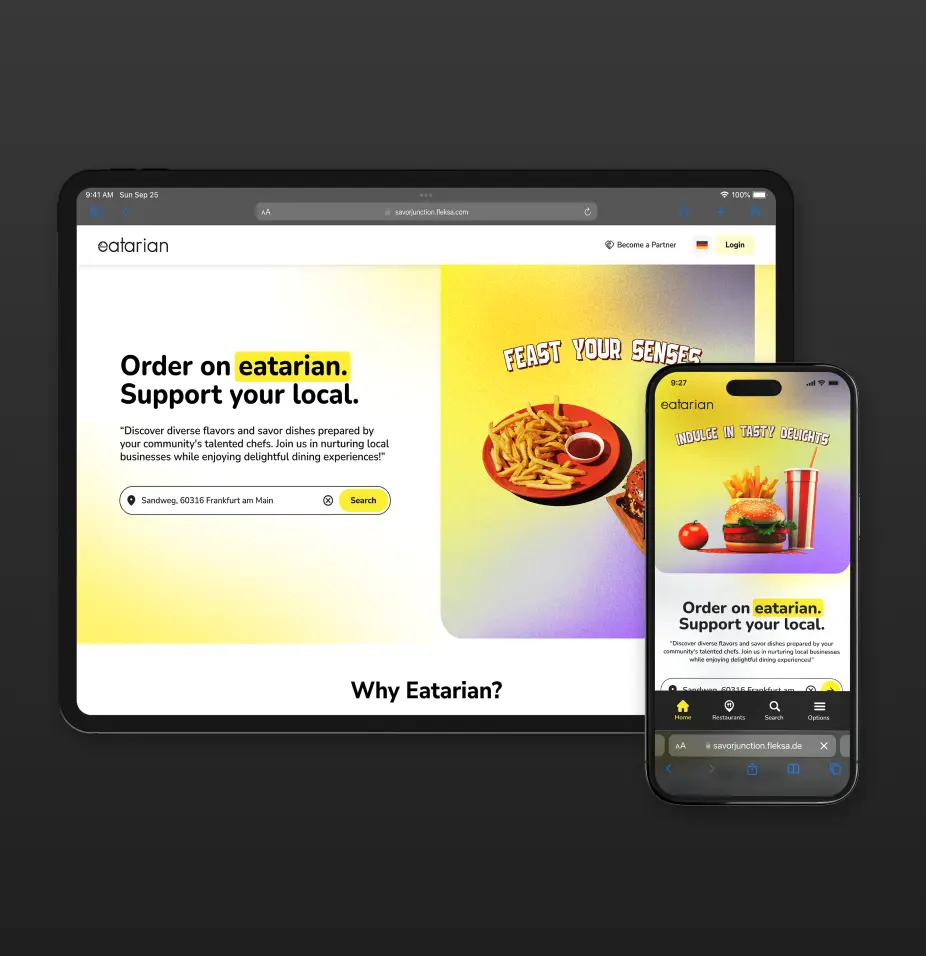Effective inventory management is crucial for the success of any restaurant. Properly managing inventory helps ensure that the right ingredients and supplies are available when needed, minimizes waste, controls costs, and enhances overall efficiency. In this blog post, we will explore ten best practices in restaurant inventory management that can help restaurant owners and managers optimize their inventory processes and improve their bottom line.
Conduct Regular Inventory Audits
Maintaining correct stock records and finding any anomalies or problems requires regular inventory audits. Restaurant owners and managers can learn more about their inventory levels, monitor consumption trends, and spot any potential theft or spoilage by performing audits. Depending on the size and requirements of the institution, inventory audits should be carried out at least once a month or more frequently as necessary.
Create a thorough inventory list that contains every item on hand in order to effectively execute an inventory audit. Track quantities using spreadsheets or inventory management software, and make sure that everything is properly categorised. Physically count each item during the audit and contrast it with the quantity that was documented. Investigate and resolve any discrepancies promptly, and use the audit data to identify trends and make informed decisions about purchasing and menu planning.
Use Inventory Management Software
Inventory management software can significantly streamline the inventory management process, reducing human error and saving time. These software solutions offer features such as automated stock tracking, real-time inventory updates, and reporting functionalities. By utilizing inventory management software, restaurant owners and managers can efficiently track stock levels, set up automatic reorder points, and generate insightful reports on usage, waste, and costs.
There are several popular inventory management software options available in the market. Each of these solutions offers unique features and pricing plans, so it’s essential to research and choose the one that best fits the specific needs and budget of the restaurant.
Check out: Restaurant Reservation system
Optimize Inventory Levels
Maintaining optimal inventory levels is crucial to balance the cost of inventory with the risk of stockouts or waste. Overstocking ties up capital and increases the risk of spoilage or obsolescence, while understocking can result in dissatisfied customers and lost sales opportunities. Restaurants should strive to strike a balance and optimize their inventory levels.
To optimize inventory levels, analyze historical sales data, track consumption patterns, and forecast future demand. Utilize inventory management software or spreadsheets to monitor stock levels regularly. Implement efficient ordering processes and establish relationships with reliable suppliers to ensure timely replenishment. Additionally, consider seasonal variations, menu changes, and promotions when planning and adjusting inventory levels.
Implement FIFO (First-In, First-Out) Inventory Management
FIFO, or First-In, First-Out, is a crucial inventory management principle in the restaurant industry. It involves using the oldest stock first to minimize waste and prevent spoilage. Implementing FIFO ensures that ingredients and perishable items are used before they expire, reducing the risk of foodborne illnesses and financial losses.
To implement FIFO in a restaurant setting, organize the storage areas properly. Place newly received stock at the back and older stock at the front, ensuring easy access. Train staff on the importance of FIFO and establish clear procedures for stock rotation. Regularly monitor expiration dates and use items closest to expiration first. By adopting FIFO practices, restaurants can minimize waste, maintain product quality, and improve overall inventory management.
Track Food Waste
Food waste is a significant concern in the restaurant industry, both in terms of financial impact and environmental sustainability. Tracking and minimizing food waste can significantly improve inventory management and reduce costs. By understanding the sources of waste and implementing effective strategies, restaurants can save money, reduce their environmental footprint, and enhance overall efficiency.
To track food waste, establish a system to record and analyze waste data. Train staff to accurately measure and document waste during food preparation and service. Categorize waste by type, such as trimmings, expired products, or unfinished plates. Regularly review the data to identify trends and areas for improvement.
To reduce food waste, implement portion control measures, encourage staff to minimize plate waste, and consider donating excess food to local charities or food banks. Additionally, analyze the menu to identify dishes with high waste rates and explore alternative preparation methods or ingredient substitutions.
Train Staff on Inventory Management
Properly trained staff play a crucial role in effective inventory management. Educating employees about inventory processes, their impact on costs, and the importance of accurate record-keeping can significantly improve overall efficiency. Well-trained staff members are more likely to follow inventory management best practices and contribute to reducing waste and controlling costs.
Train staff on inventory management procedures, including accurate stock counting, proper storage methods, and FIFO principles. Emphasize the importance of timely and accurate data entry in inventory management software or spreadsheets. Provide ongoing training and refresher courses to ensure that all employees are up to date with inventory management practices and understand their role in the process.
Create Standardized Recipes
For preserving uniformity in food preparation and managing inventory costs, standardised recipes must be developed. Standardised recipes ensure that each dish is produced consistently and reduce ingredient waste by providing precise instructions on component quantities, preparation techniques, and portion sizes.
Create standardised recipes for every item on the menu, complete with ingredient lists and step-by-step directions. To preserve uniformity, teach the culinary staff to correctly follow recipes. Review recipes frequently, and alter them as necessary to account for menu adjustments or item swaps.
Standardised recipes are also useful for planning and buying inventories. Restaurant owners and managers may determine specific ingredient demands and prevent overstocking or understocking by being aware of the precise quantities of components needed for each meal.
Establish Vendor Relationships
Strong vendor connections are essential for effective inventory management. Vendors who are dependable and responsive may guarantee on-time deliveries, give reasonable prices, and provide insightful information on the quality and availability of their products. Smoother inventory operations can be facilitated by developing vendor relationships based on trust and open communication.
Find suppliers who specialise in providing the restaurant business and form partnerships with them. Look for suppliers who can provide the fresh produce, specialist products, or eco-friendly packaging that the restaurant requires. Negotiate reasonable terms and prices, but keep reliability, consistency, and quality in mind as well.
Keep lines of communication open with suppliers, check purchase orders and invoices frequently for correctness, and respond quickly to any problems or issues. Strong vendor relationships promote cooperation and guarantee a dependable supply chain, which eventually helps the restaurant’s inventory management.
Forecast Demand
Accurate demand forecasting is vital for effective inventory management in the restaurant industry. By anticipating customer demand, restaurants can optimize inventory levels, reduce waste, and prevent stockouts. Understanding seasonal trends, customer preferences, and external factors can help restaurants forecast demand more accurately.
Analyze historical sales data, taking into account seasonality and trends for specific menu items. Monitor customer feedback and preferences to identify popular dishes and anticipate changes in demand. Consider external factors like holidays, events, and local attractions that may influence customer traffic.
Utilize inventory management software or demand forecasting tools to aid in the prediction of future demand. These tools can analyze historical data, factor in various parameters, and generate forecasts that can guide purchasing decisions. Regularly review and adjust forecasts based on actual sales performance and customer feedback.
Monitor Inventory Metrics
Tracking and analyzing key inventory metrics provide valuable insights into the performance of a restaurant’s inventory management practices. By monitoring these metrics, restaurant owners and managers can identify areas for improvement, make data-driven decisions, and optimize inventory processes.
Some essential inventory metrics to monitor include:
- Inventory Turnover Rate: Calculated by dividing the cost of goods sold by the average inventory value, the turnover rate indicates how quickly inventory is being sold and replenished. A higher turnover rate suggests efficient inventory management.
- Gross Profit Margin: This metric measures the profitability of inventory by calculating the percentage of sales revenue remaining after deducting the cost of goods sold. Monitoring gross profit margin helps identify areas where costs can be reduced or pricing adjustments can be made.
- Cost of Goods Sold (COGS): COGS represents the direct costs associated with producing or purchasing the goods sold. Tracking COGS helps control costs and assess the profitability of specific menu items.
- Stockout Rate: The stockout rate measures the frequency of stockouts or instances where a product is not available when demanded by customers. Monitoring this metric helps identify areas where inventory levels need adjustment to prevent stockouts.
Regularly review these metrics, compare them to industry benchmarks, and identify any patterns or trends. Use the data to make informed decisions about inventory ordering, pricing, and menu planning. Adjust inventory management practices accordingly to optimize performance.
Conclusion
Restaurant success depends on efficient inventory management. Restaurant owners and managers may optimise their inventory operations, cut waste, manage costs, and boost overall efficiency by putting these ten best practises into practise. It is essential to carry out routine inventory audits, use inventory management software, optimise inventory levels, and put FIFO principles into practise. Effective inventory management also involves building vendor connections, anticipating demand, tracking inventory metrics, tracking food waste, staff training, standardising recipes, generating recipes, and creating recipes.
By prioritizing inventory management and implementing these best practices, restaurants can improve their bottom line, deliver exceptional customer experiences, and set the foundation for long-term success in the competitive restaurant industry.








